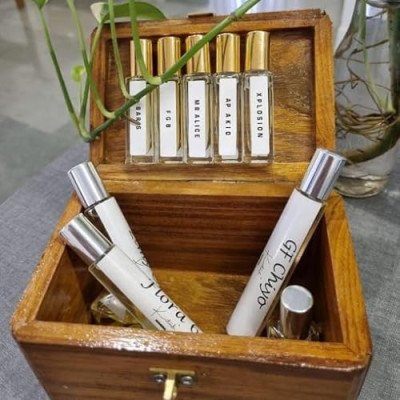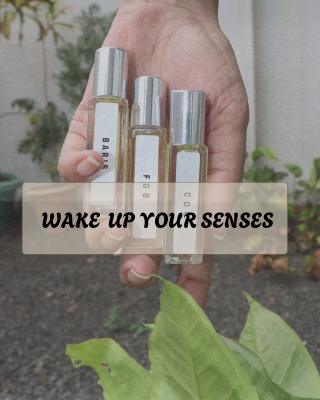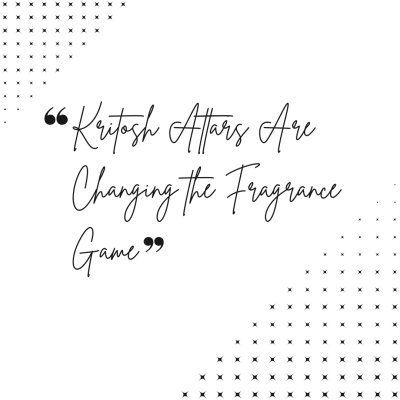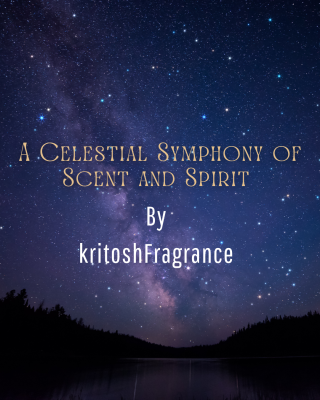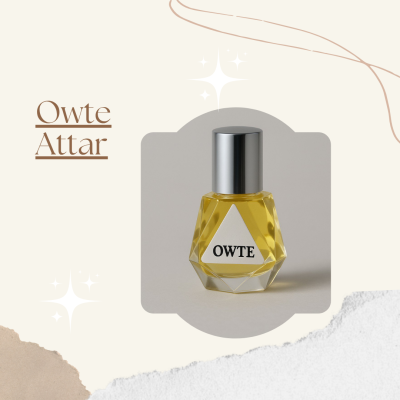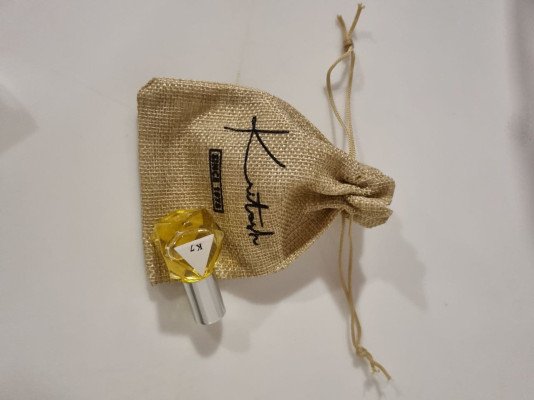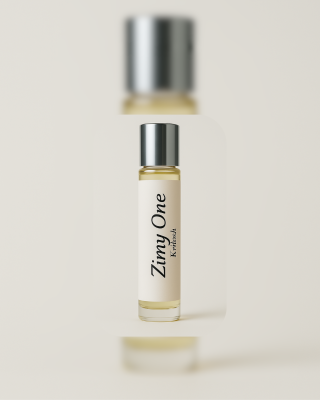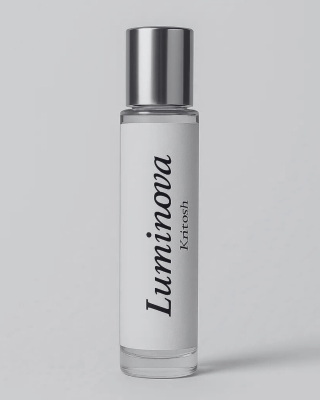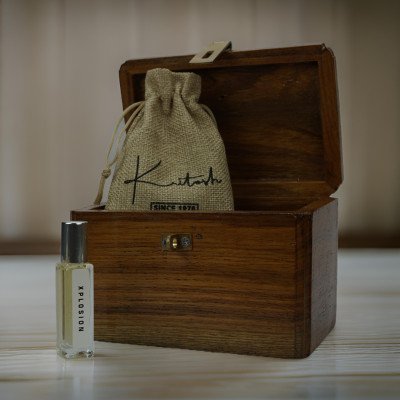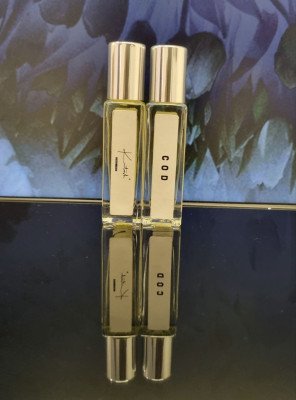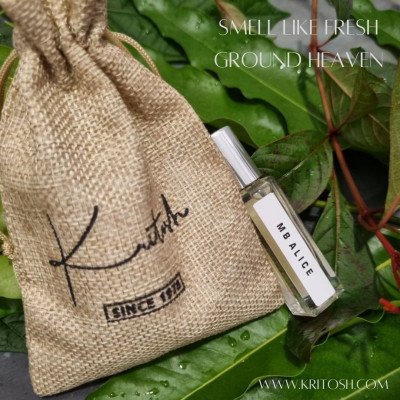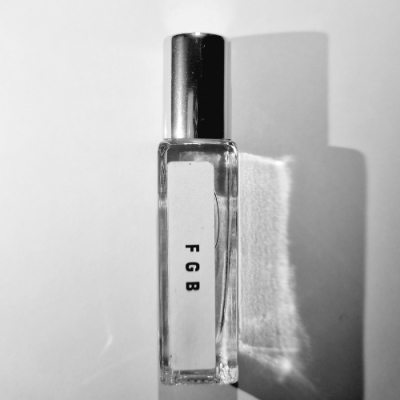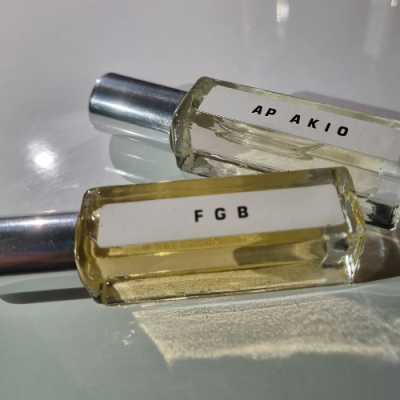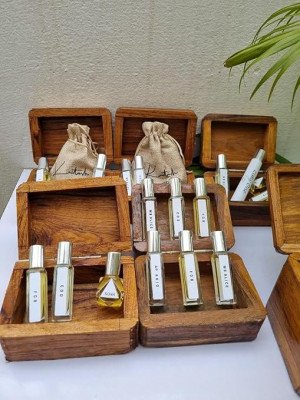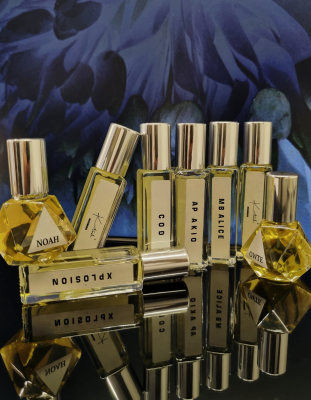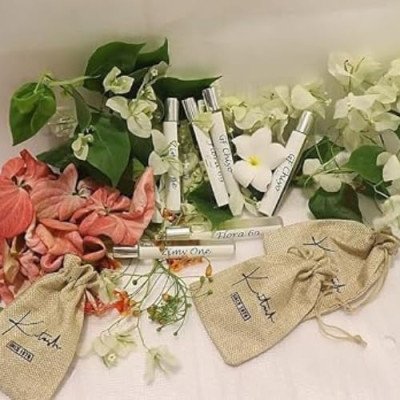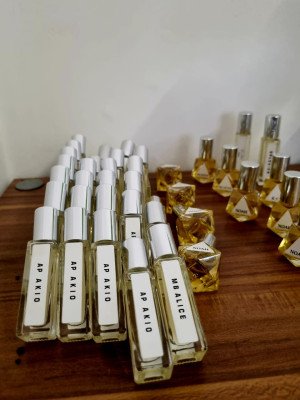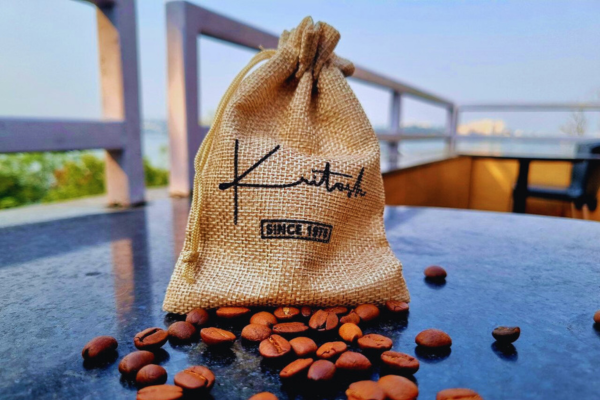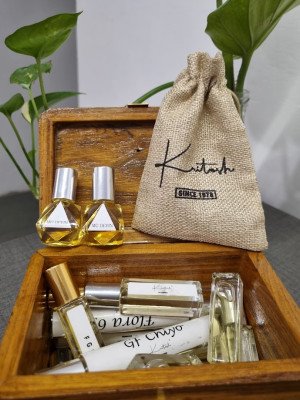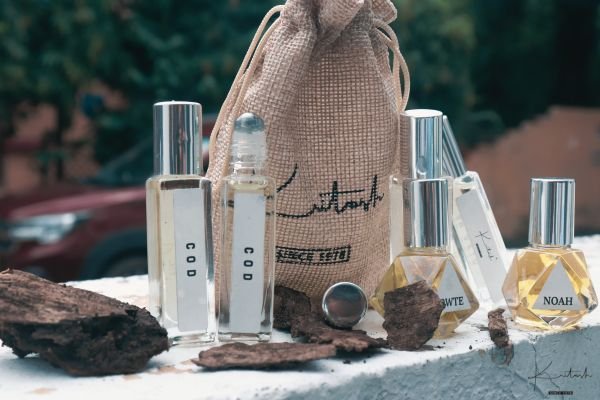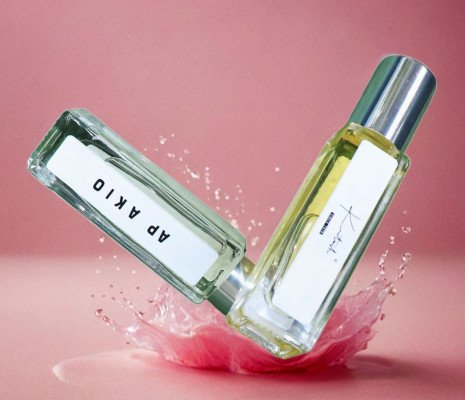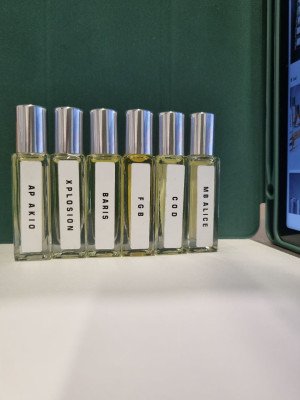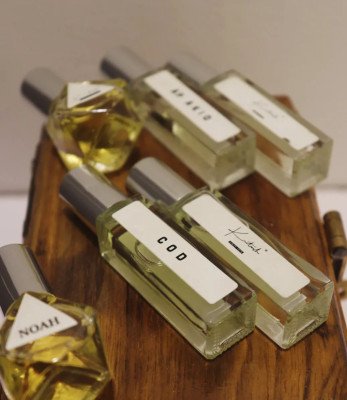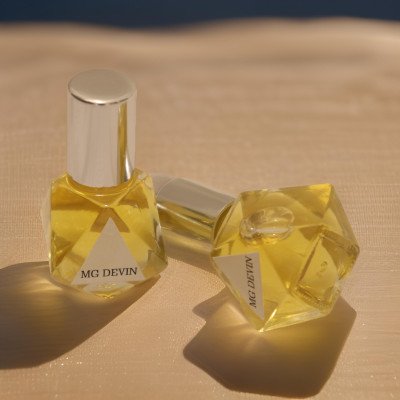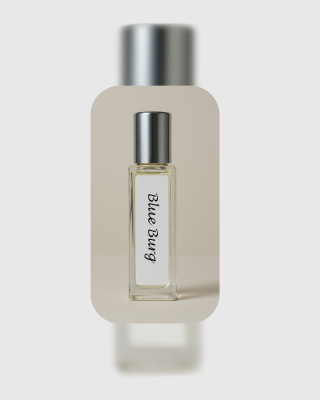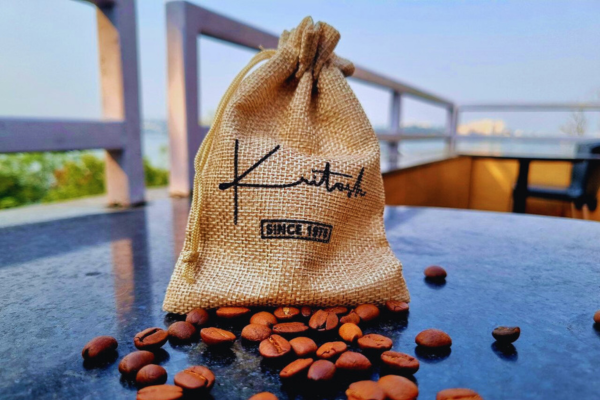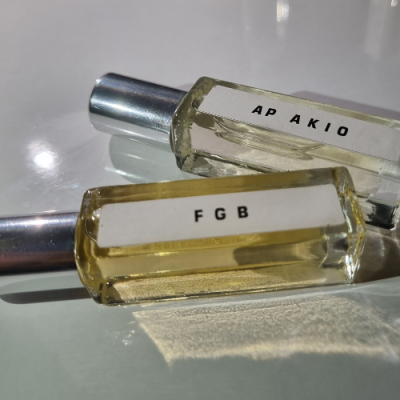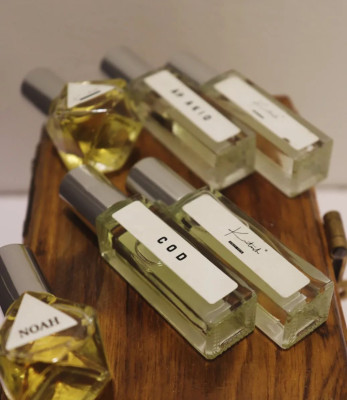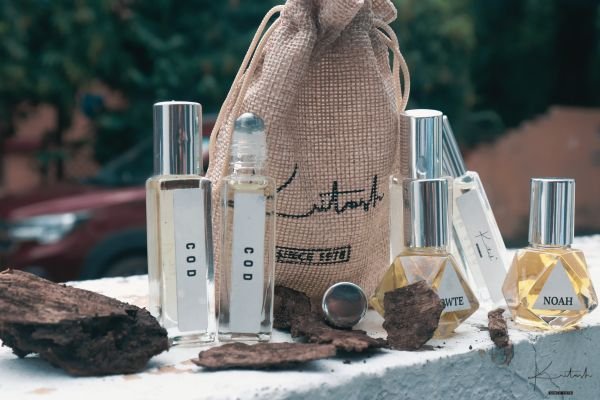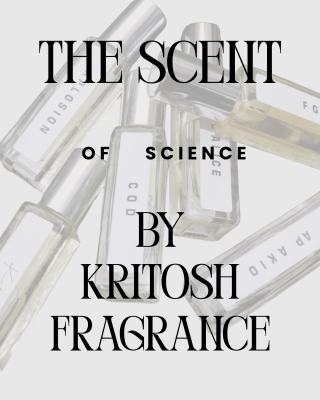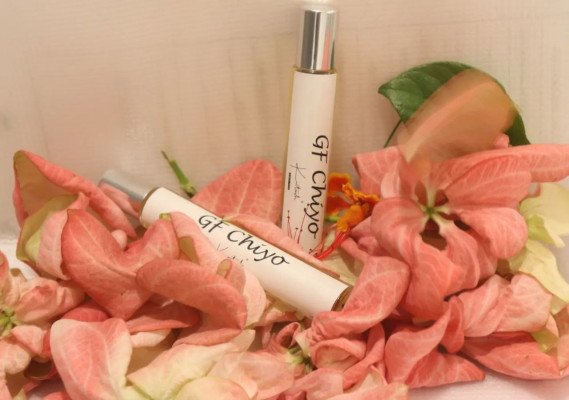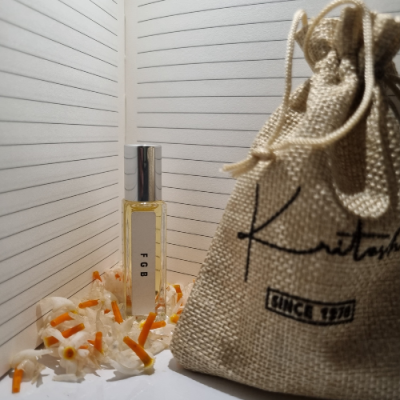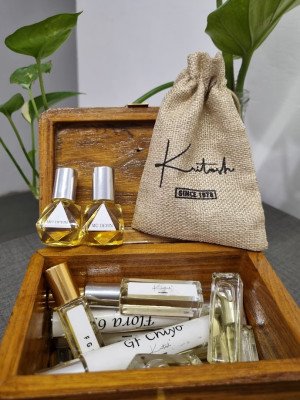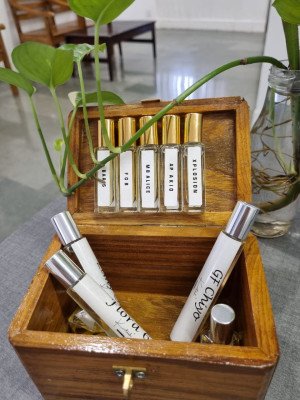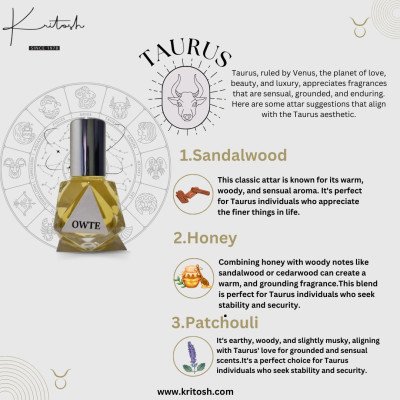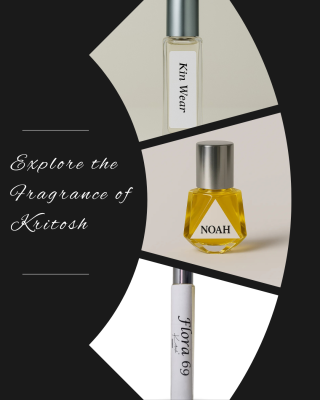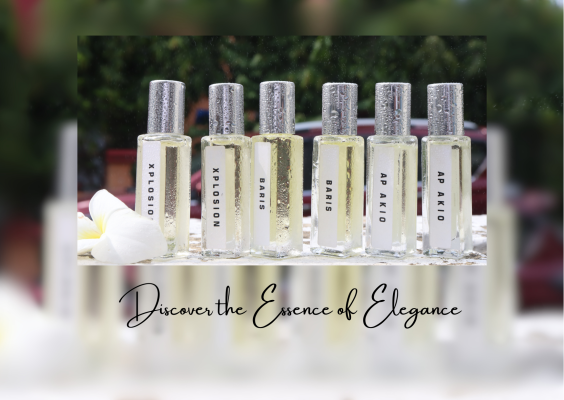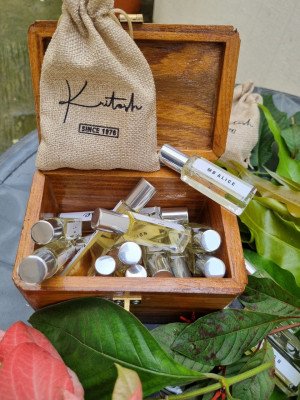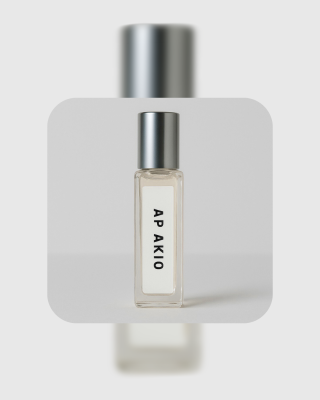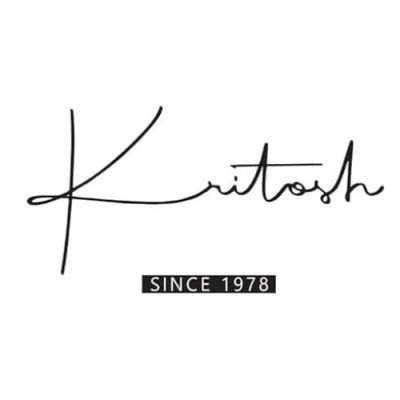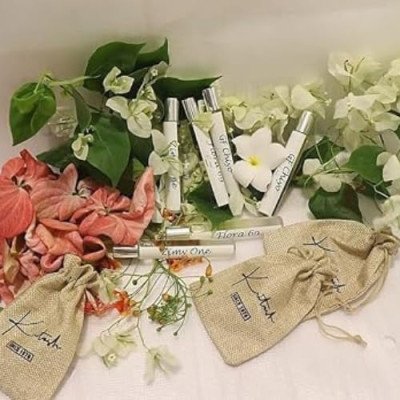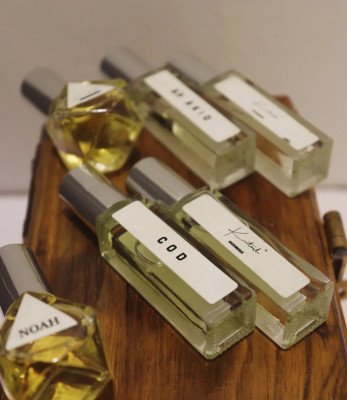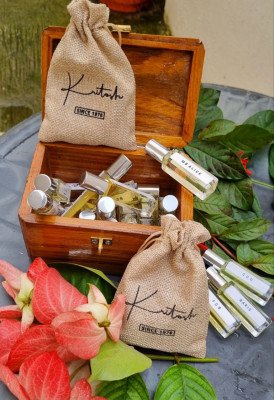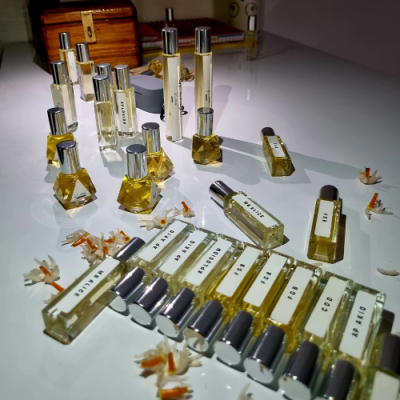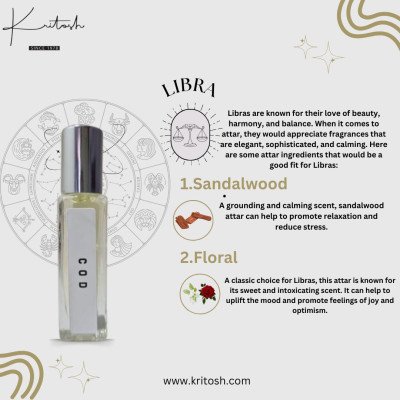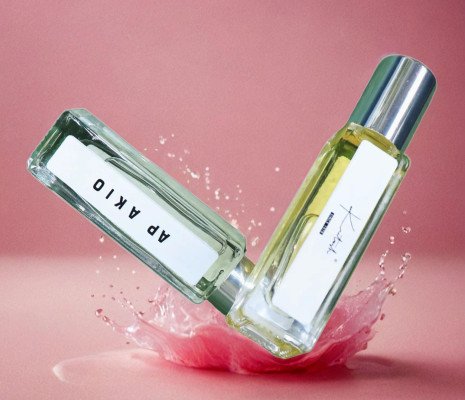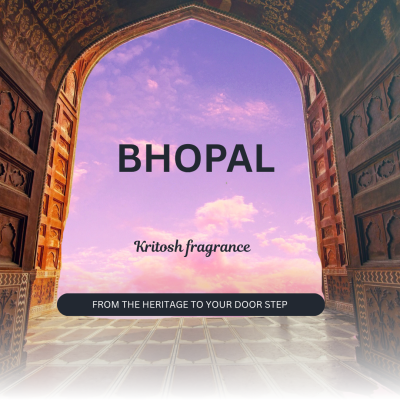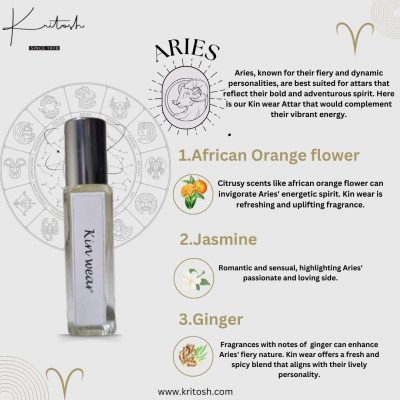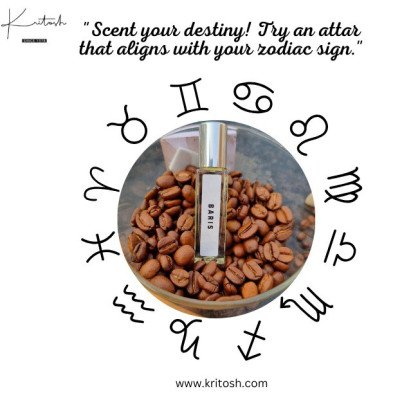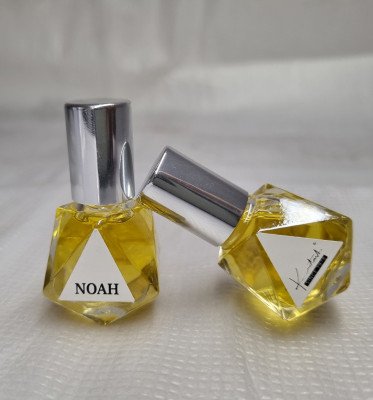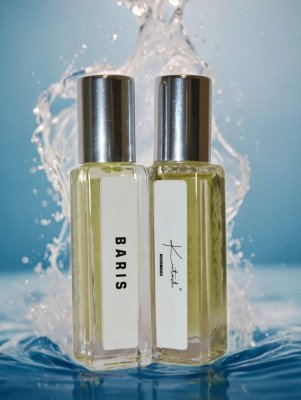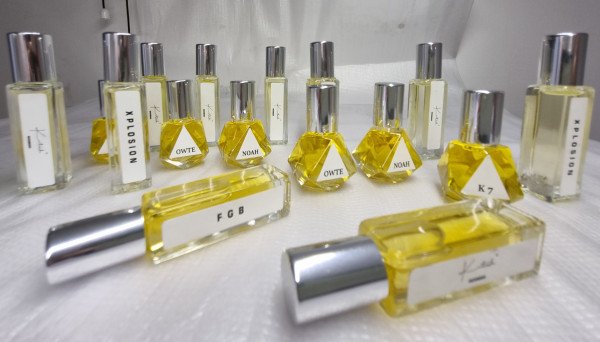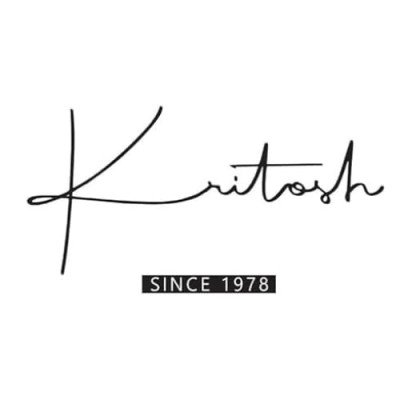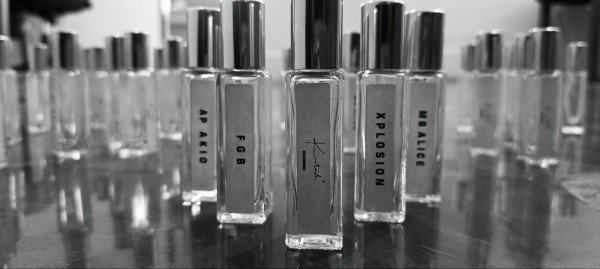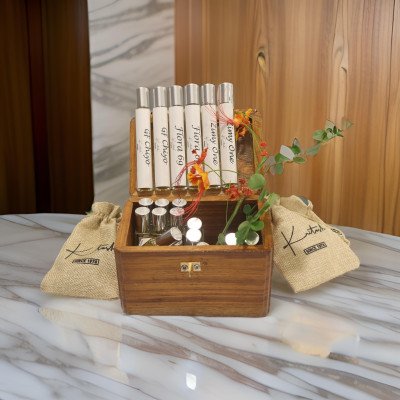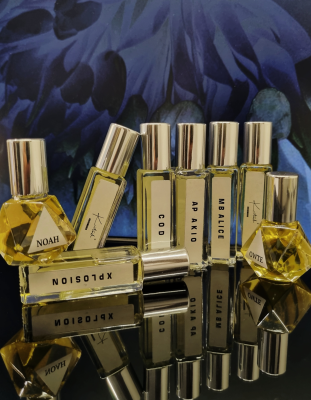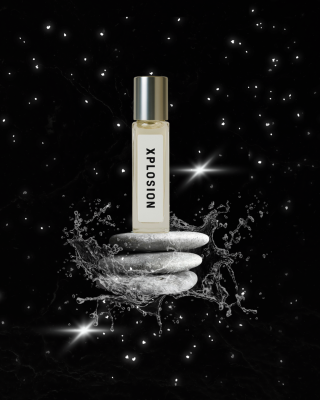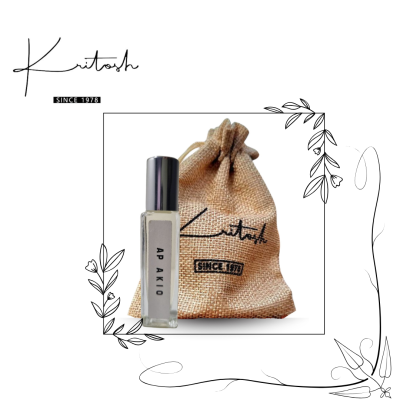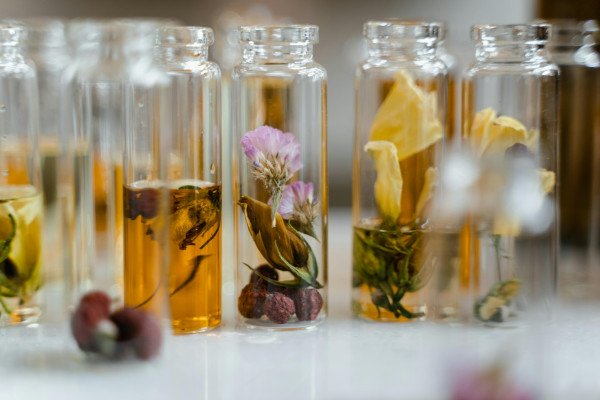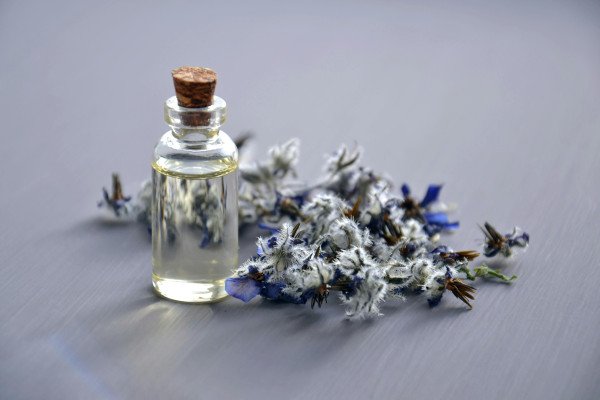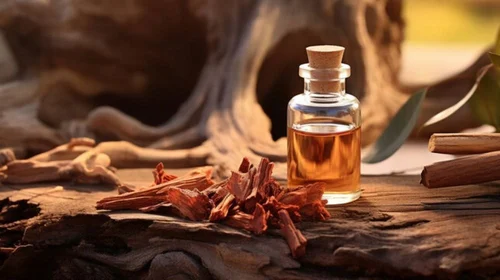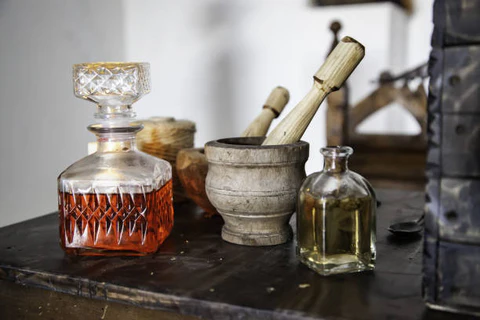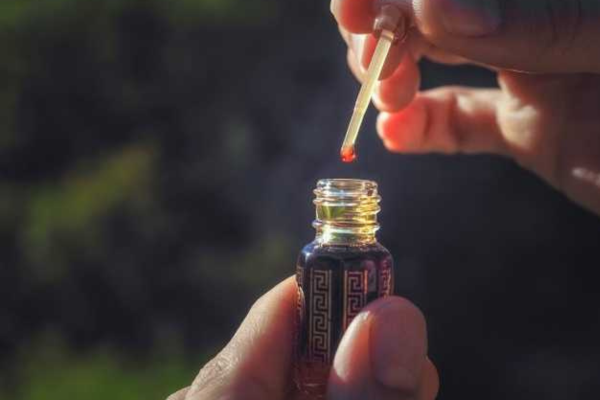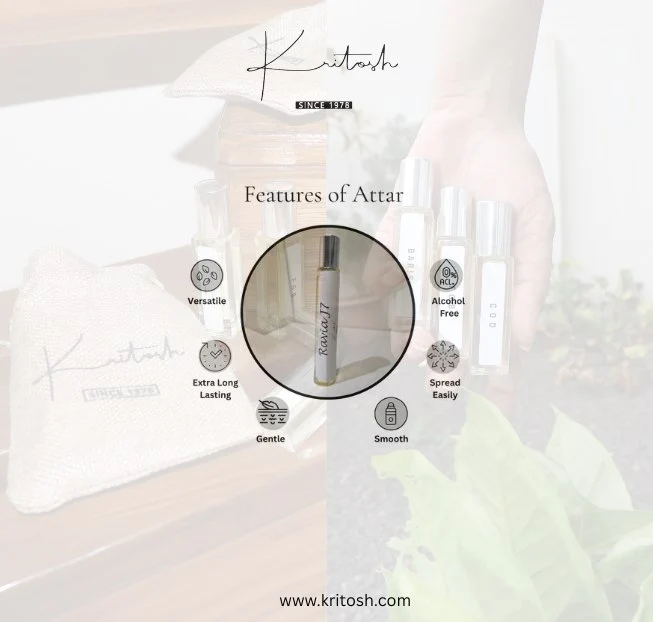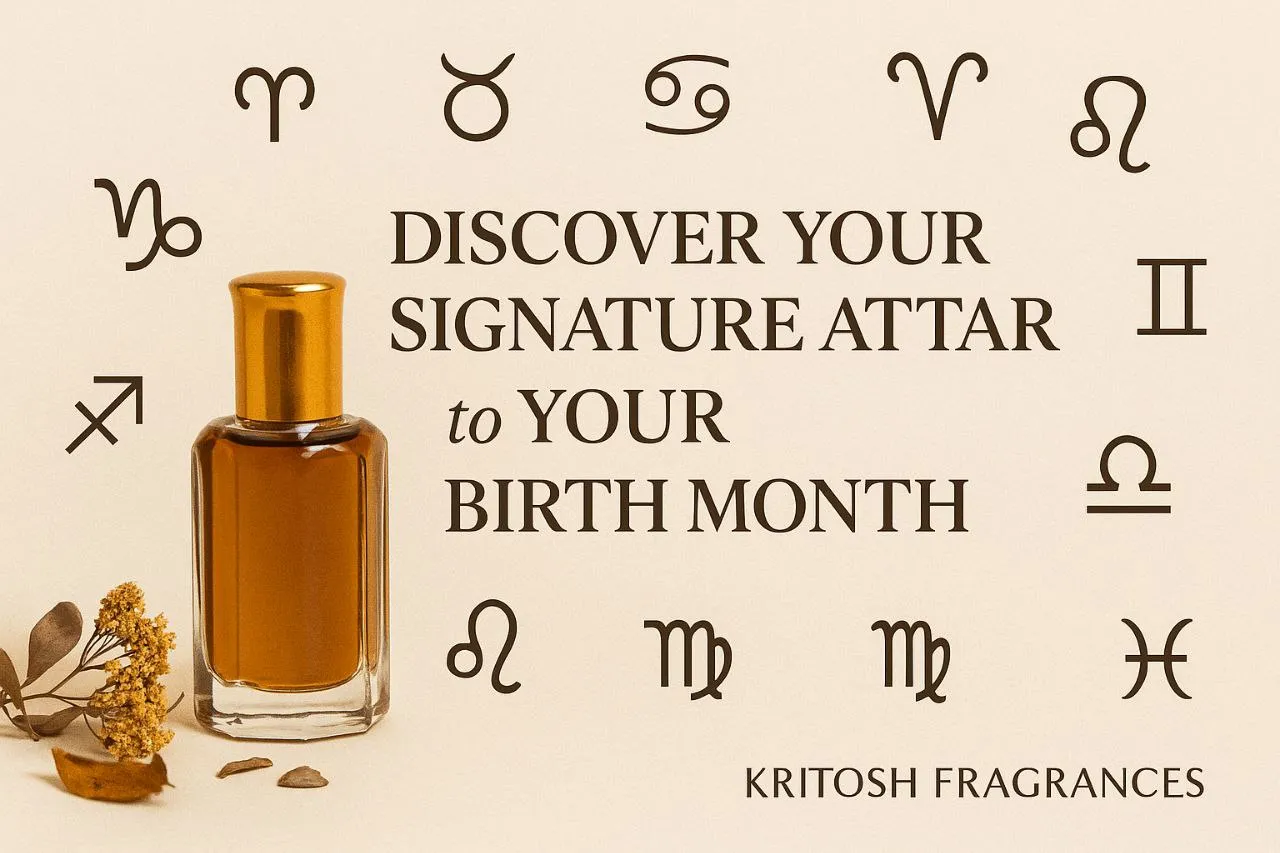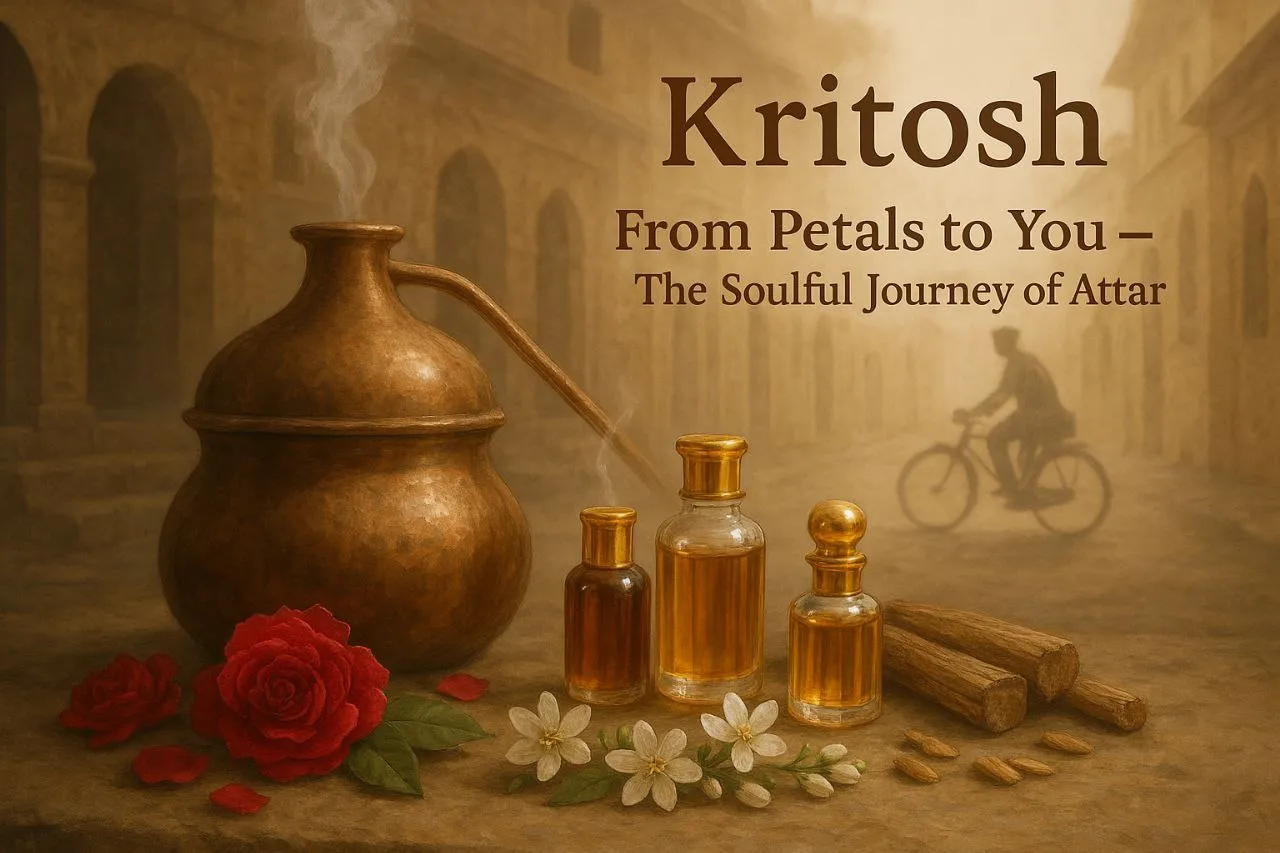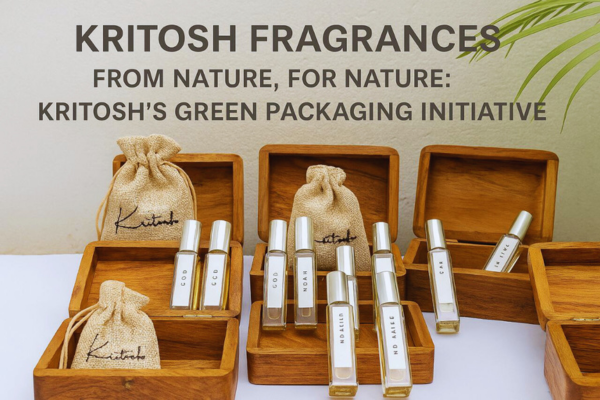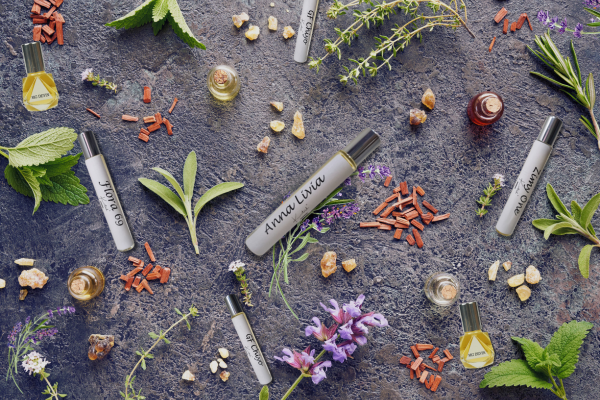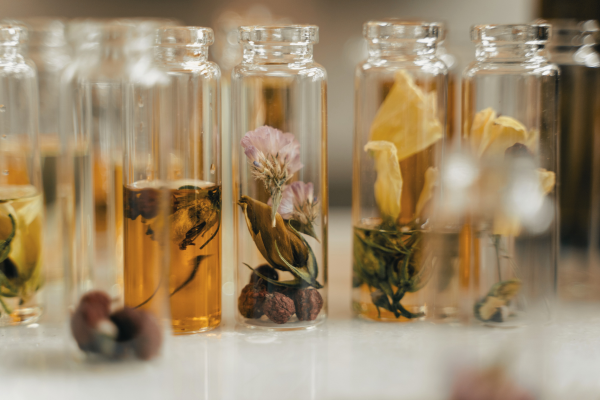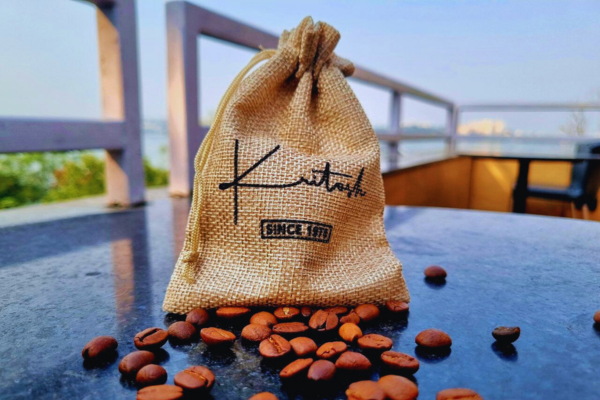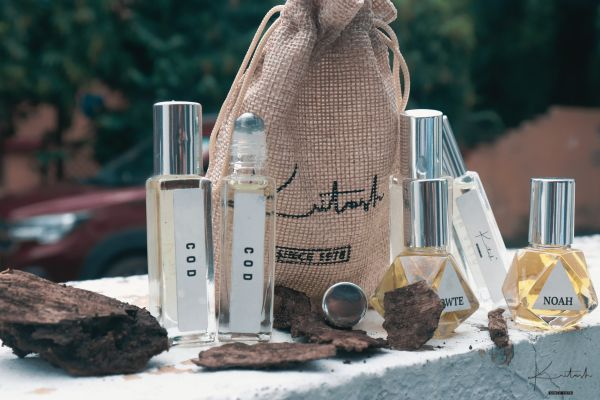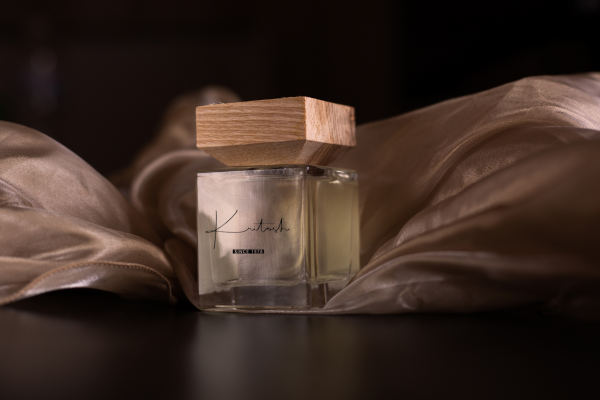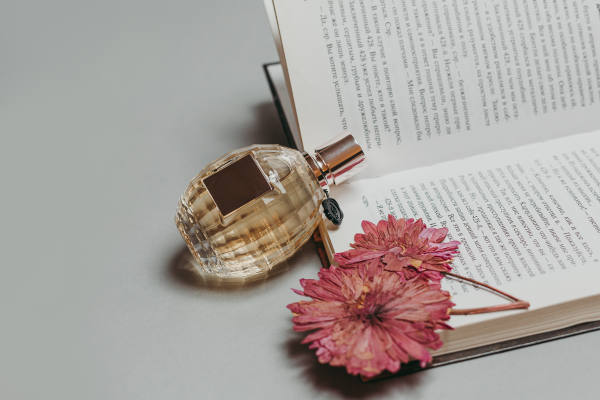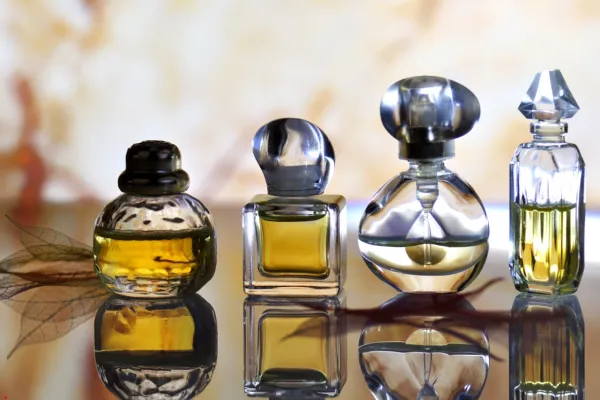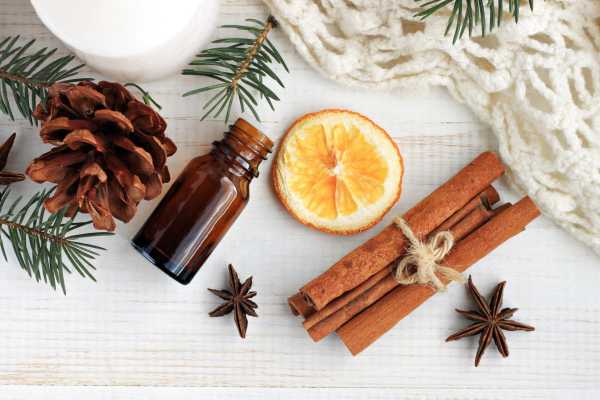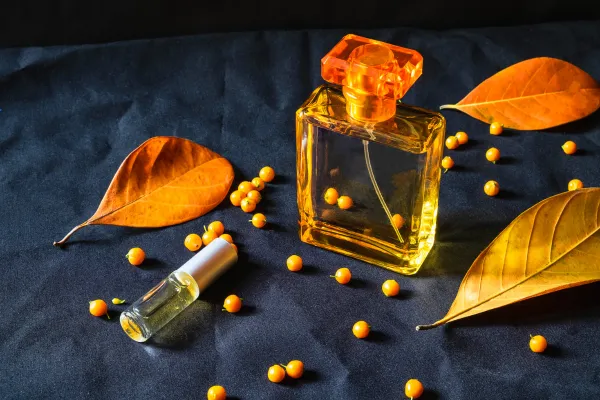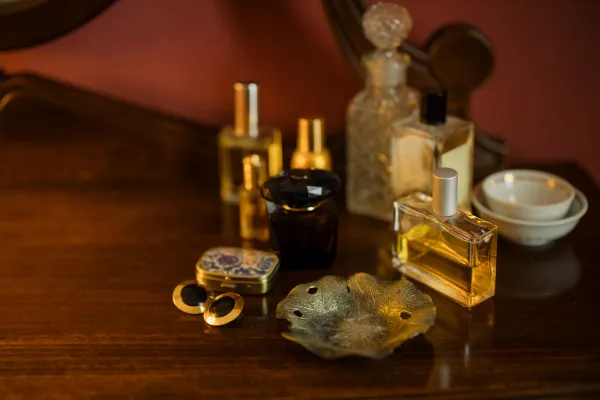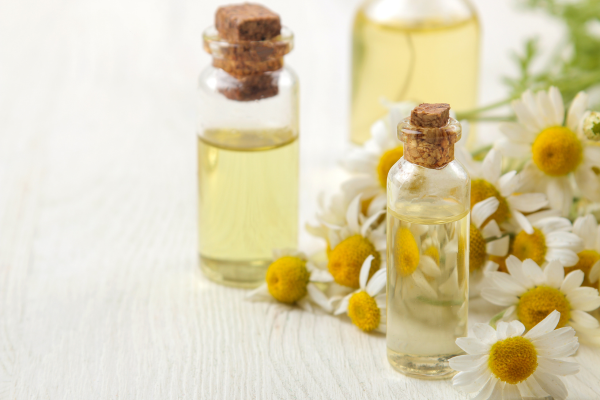Introduction
Attars—or ittar—are more than a fragrance they are living relics of history, culture, and nature. With a heritage dating back thousands of years across South Asia, the Middle East, and Africa, attars represent an artisanal craft that has captivated generations. In an era dominated by synthetic fragrances, the enduring charm of attars lies in their purity, complexity, cultural depth, and personal intimacy, which continue to resonate with contemporary audiences worldwide.
1. What Are Attars?
Attars are natural oils derived from botanical sources through traditional distillation techniques—primarily steam or hydro-distillation—where aromatic plants, flowers, spices, and resins are distilled into a base of sandalwood oil or other natural fixatives. Unlike modern alcohol-based perfumes, attars are 100% pure oils without any dilution or synthetic additives.
2. A Heritage Steeped in History
Attars have millennia-old origins. The earliest use of fragrant oils can be traced back to Mesopotamia and ancient Persia (modern-day Iran), where the word "attar" originated from the Arabic and Persian word itr, meaning fragrance or essence.
Historical Milestones:
Ancient Civilizations: Egyptians used fragrant oils for personal adornment and religious ceremonies, a practice that influenced later cultures.
3. What Makes Attars Timeless?
3.1 Authenticity and Purity
Unlike commercial perfumes, which often contain synthetic chemicals and dilute fragrance oils in alcohol, attars are natural, alcohol-free, and undiluted. This makes them appealing to users who prefer chemical-free products, ethical sourcing, and sustainability.
3.2 Cultural and Spiritual Significance
Attars carry deep cultural meanings. In Indian culture, attars are integral to weddings, religious rituals, and daily grooming. They symbolize purity, celebration, and respect.
3.3 Longevity and Subtlety
Despite their richness, attars provide an intimate olfactory experience—unlike many modern perfumes with strong projection and sillage that disperse rapidly. Attars stay close to the skin and evolve with body heat and movement, projecting little whiffs with each heartbeat, described as "fragrant secrets" only the closest can sense.
4. Variations: South Asian vs. Middle Eastern Attars
Different regions developed their own attar styles reflecting local flora and customs.
5. Attars in Modern Times: Revival and Reinvention
In recent years, attars have experienced a renaissance, fueled by a shift toward natural, sustainable, and culturally resonant products.
6. Why Choose Attars?
Long-lasting fragrance Pure oils ensure longer scent retention than alcohol-based perfumes.
Natural & Chemical-Free Derived from botanical sources, free from synthetic additives or alcohol.
Cultural connection Bind wearer to ancient traditions and spiritual rituals.
Sustainable craft Supports artisan communities and centuries-old methods.
Intimate scent Subtle, evolving aroma that projects close to the skin, ideal for personal use.
Versatile layering Acts as a base or layering component alongside modern fragrance for signature customization.
7. Conclusion: Attars as a Journey Through Time and Senses
Attars embody the essence of tradition and nature, crafting an aromatic narrative that transcends time, geography, and culture. Their timeless appeal lies not only in the luxurious, pure scents but also in the stories and heritage they carry—a legacy where attar is both art and ritual.



